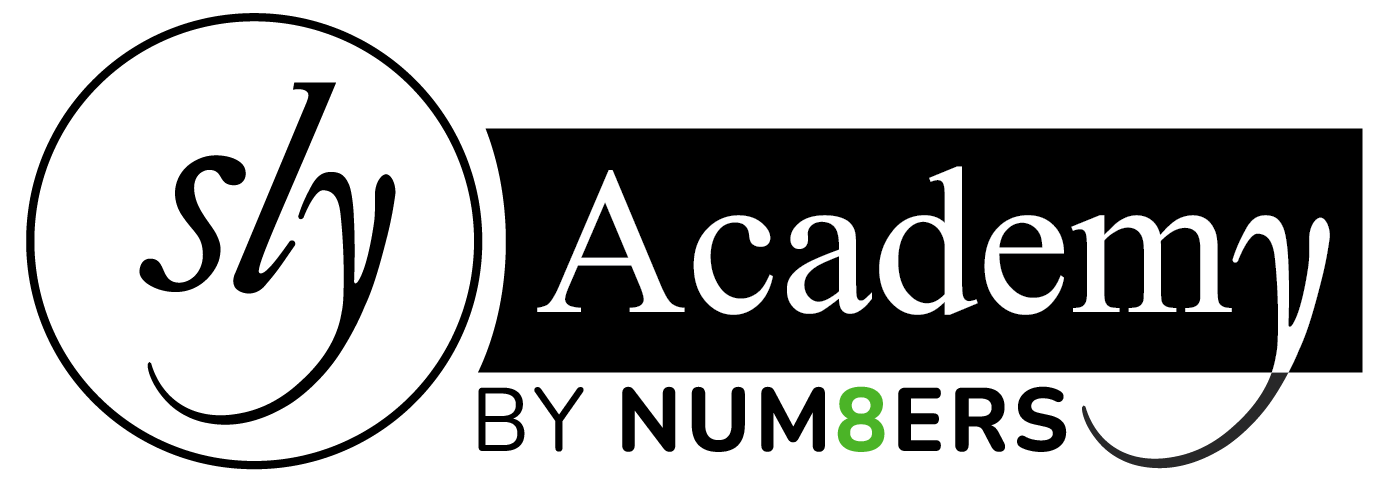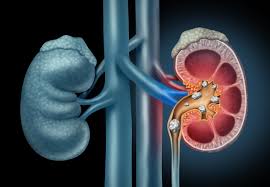Zinc
Atomic mass:65.380 u

Zinc: Element Overview
Basic Information
- Symbol: Zn
- Atomic Number: 30
- Atomic Weight: 65.38 u
- Element Category: Transition metal
- Group: 12
- Period: 4
Physical Properties
- Phase at Room Temperature: Solid
- Melting Point: 419.53 °C (787.15 °F)
- Boiling Point: 907 °C (1665 °F)
- Density: 7.14 g/cm³ at 25 °C
- Color: Bluish-silver
- Crystal Structure: Hexagonal close-packed (hcp)
Chemical Properties
- Electronegativity: 1.65 (Pauling scale)
- Ionization Energies:
- First: 906.4 kJ/mol
- Second: 1733.3 kJ/mol
- Third: 3833 kJ/mol
- Oxidation States: +2 (most common)
- Reactivity: Zinc is a moderately reactive metal that reacts with acids to release hydrogen gas.
Isotopes
- Stable Isotopes: Zinc has five stable isotopes: Zn-64, Zn-66, Zn-67, Zn-68, and Zn-70.
- Zn-64: 48.63%
- Zn-66: 27.90%
- Zn-67: 4.10%
- Zn-68: 18.75%
- Zn-70: 0.62%
- Radioisotopes: Several radioisotopes, including Zn-65, which is used in tracer studies.
Occurrence and Production
- Natural Abundance: Zinc is the 24th most abundant element in the Earth’s crust.
- Sources: Found in minerals such as sphalerite (zinc sulfide), smithsonite (zinc carbonate), and hemimorphite (zinc silicate).
- Production: Primarily produced by roasting zinc sulfide ores, followed by reduction with carbon or electrolysis of zinc sulfate solutions.
Uses and Applications
- Galvanization: Used to coat steel and iron to prevent rusting.
- Alloys: Forms important alloys such as brass (copper and zinc) and nickel silver (copper, nickel, and zinc).
- Batteries: Used in alkaline batteries and zinc-carbon batteries.
- Die Casting: Used in die casting to produce a wide range of metal components.
- Pharmaceuticals: Used in various medications, including zinc oxide in ointments and creams.
- Nutritional Supplements: An essential trace element in the human diet, found in supplements and fortified foods.
- Pigments: Used to produce white pigments, such as zinc oxide, for paints and coatings.
Safety and Precautions
- Reactivity: Zinc is relatively stable but can react with strong acids.
- Handling: Zinc dust and fumes should be handled with care to avoid inhalation and skin contact.
- Toxicity: Zinc is essential in small amounts, but excessive exposure can cause health issues such as nausea and vomiting.
Biological Role
- Essential Element: Zinc is vital for all living organisms.
- Enzyme Function: Plays a crucial role in the functioning of numerous enzymes, including those involved in DNA synthesis and immune function.
- Health: Required for growth, development, and proper functioning of the immune system.
Historical Background
- Discovery and Use: Known to ancient civilizations; evidence of zinc use dates back to at least 1000 BCE.
- Naming: The name “zinc” likely comes from the German word “zinke,” meaning prong or point, referring to the sharp, pointed appearance of zinc crystals.
Interesting Facts
- Corrosion Resistance: Zinc’s ability to resist corrosion makes it invaluable for protecting other metals.
- Brass Production: Brass, an alloy of copper and zinc, has been used for centuries for coins, musical instruments, and decorative items.
- Biological Importance: Zinc is the second most abundant trace metal in the human body after iron.
Summary
Zinc is a versatile transition metal known for its use in galvanization, alloys, batteries, and various industrial applications. It is moderately reactive, forming essential compounds for the pharmaceutical and paint industries. Essential for biological functions, zinc plays a vital role in enzyme activity, growth, and immune function. Discovered in ancient times, zinc continues to be a critical material in modern technology and industry.
Questions and Answers about Zinc:
Q: What is the chemical symbol for Zinc?
- A: Zn
Q: What is the atomic number of Zinc?
- A: 30
Q: What type of element is Zinc?
- A: Transition metal
Q: What is the atomic weight of Zinc?
- A: 65.38 u
Q: What group is Zinc in?
- A: Group 12
Q: What period is Zinc in?
- A: Period 4
Q: What is the phase of Zinc at room temperature?
- A: Solid
Q: What is the melting point of Zinc?
- A: 419.53 °C (787.15 °F)
Q: What is the boiling point of Zinc?
- A: 907 °C (1665 °F)
Q: What is the density of Zinc at 25 °C?
- A: 7.14 g/cm³
Q: What is the color of Zinc metal?
- A: Bluish-silver
Q: What is the crystal structure of Zinc?
- A: Hexagonal close-packed (hcp)
Q: What is the electronegativity of Zinc?
- A: 1.65 (Pauling scale)
Q: What is the first ionization energy of Zinc?
- A: 906.4 kJ/mol
Q: How many stable isotopes does Zinc have?
- A: Five (Zn-64, Zn-66, Zn-67, Zn-68, Zn-70)
Q: What is the most abundant isotope of Zinc?
- A: Zn-64
Q: How is Zinc commercially produced?
- A: By roasting zinc sulfide ores followed by reduction with carbon or electrolysis of zinc sulfate solutions
Q: What is the natural abundance of Zinc in the Earth’s crust?
- A: 24th most abundant element
Q: What common minerals contain Zinc?
- A: Sphalerite (zinc sulfide), smithsonite (zinc carbonate), hemimorphite (zinc silicate)
Q: What industry uses Zinc extensively for galvanization?
- A: Steel and construction industry
Q: What is one use of Zinc in the battery industry?
- A: Used in alkaline batteries and zinc-carbon batteries
Q: What role does Zinc play in die casting?
- A: Used to produce a wide range of metal components
Q: Why is Zinc used in nutritional supplements?
- A: An essential trace element in the human diet
Q: What is the biological role of Zinc in the body?
- A: Plays a crucial role in enzyme function, growth, development, and immune function
Q: What is the historical significance of Zinc?
- A: Known to ancient civilizations and used since at least 1000 BCE
Q: What is the origin of the name “Zinc”?
- A: Likely from the German word “zinke,” meaning prong or point
Q: What property makes Zinc resistant to corrosion?
- A: Forms a protective oxide layer
Q: What health hazard is associated with excessive exposure to Zinc?
- A: Can cause health issues such as nausea and vomiting
Q: How should Zinc and its compounds be handled?
- A: With care to avoid inhalation and skin contact
Q: What is the second ionization energy of Zinc?
- A: 1733.3 kJ/mol
Q: What is the third ionization energy of Zinc?
- A: 3833 kJ/mol
Q: Is Zinc essential for plant health?
- A: Yes, it is essential for plant growth
Q: What is the significance of Zinc in enzyme function?
- A: Plays a crucial role in the functioning of numerous enzymes
Q: What is the role of Zinc in the production of brass?
- A: Combined with copper to make the alloy brass
Q: How does Zinc benefit the electronics industry?
- A: Used in various electronic components and circuits
Q: What is the use of Zinc in pharmaceuticals?
- A: Used in medications such as zinc oxide ointments and creams
Q: What is the role of Zinc in the production of white pigments?
- A: Used to produce white pigments like zinc oxide for paints and coatings
Q: How does Zinc contribute to the production of medical devices?
- A: Used due to its antimicrobial properties
Q: What is the environmental impact of Zinc mining?
- A: Can cause environmental damage if not managed properly, but zinc is also highly recyclable
Q: What color are Zinc compounds typically?
- A: They can exhibit a variety of colors, with white being common for zinc oxide






